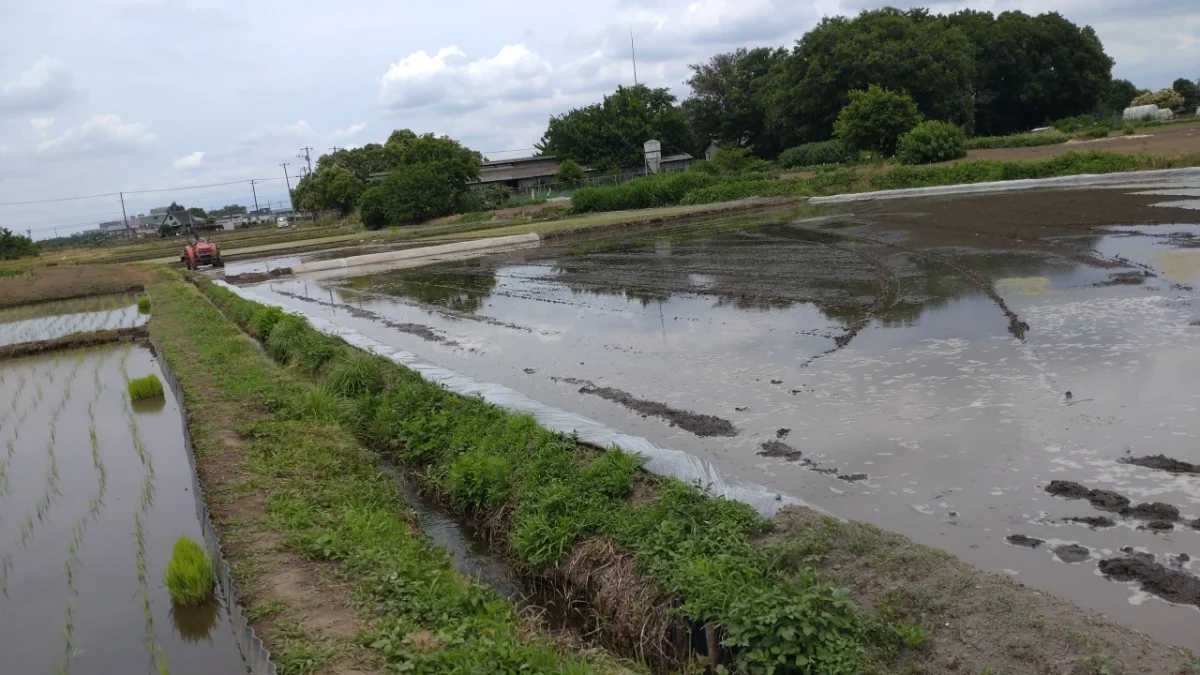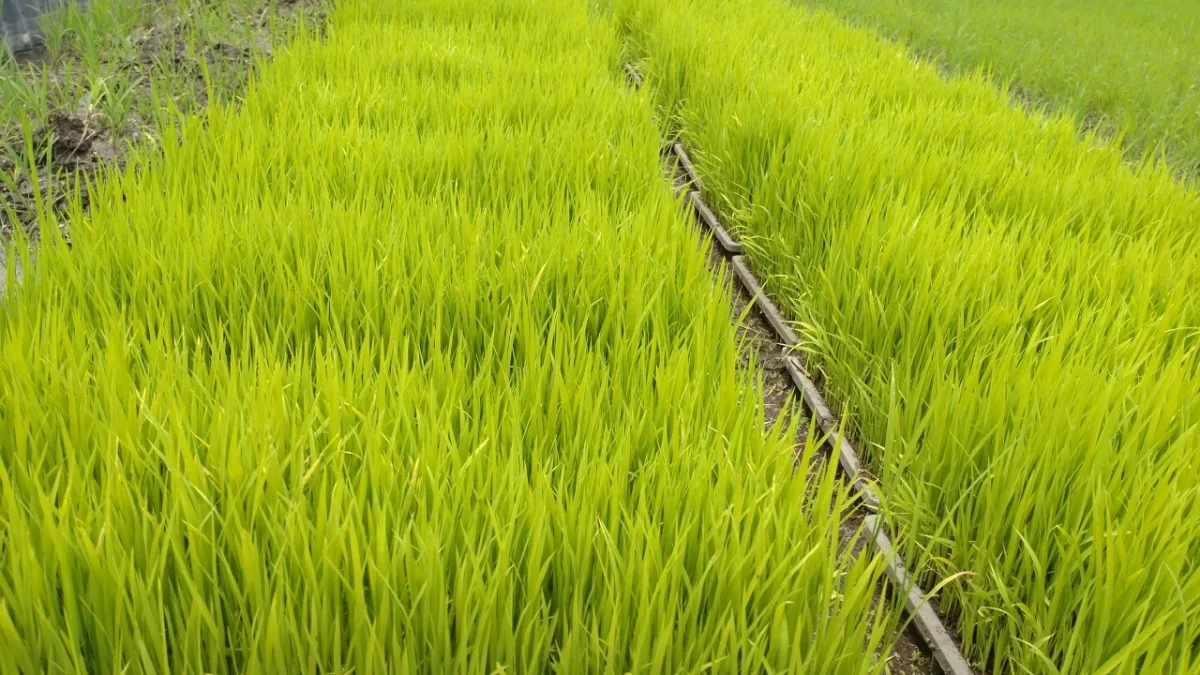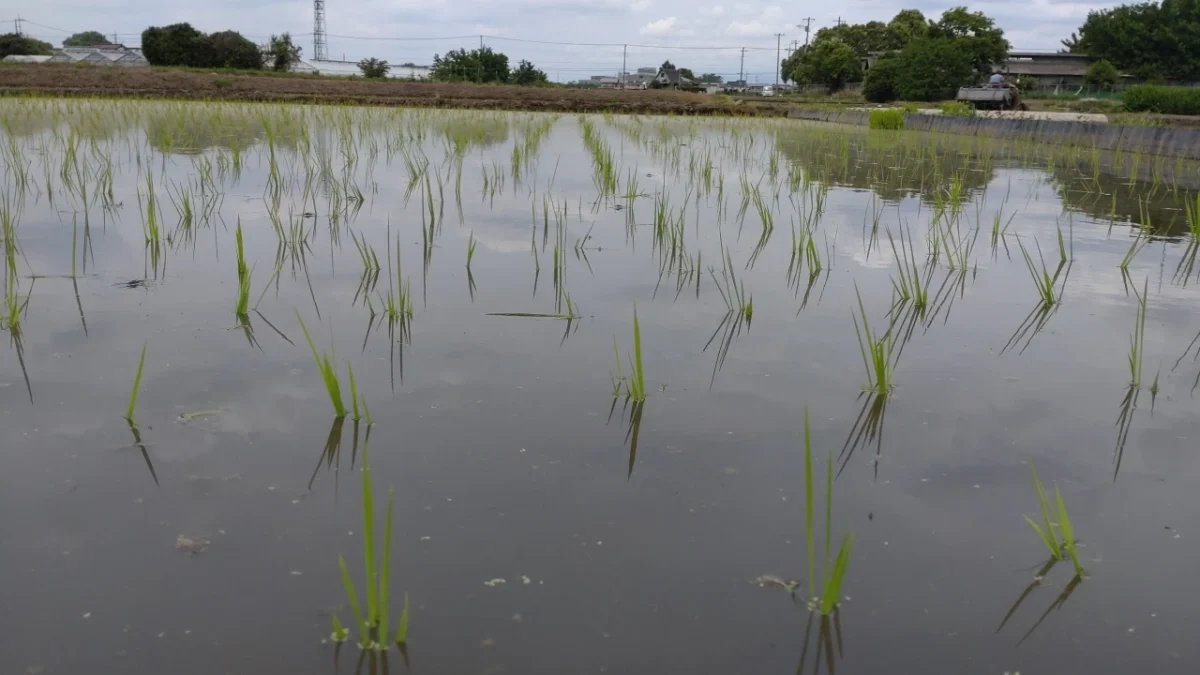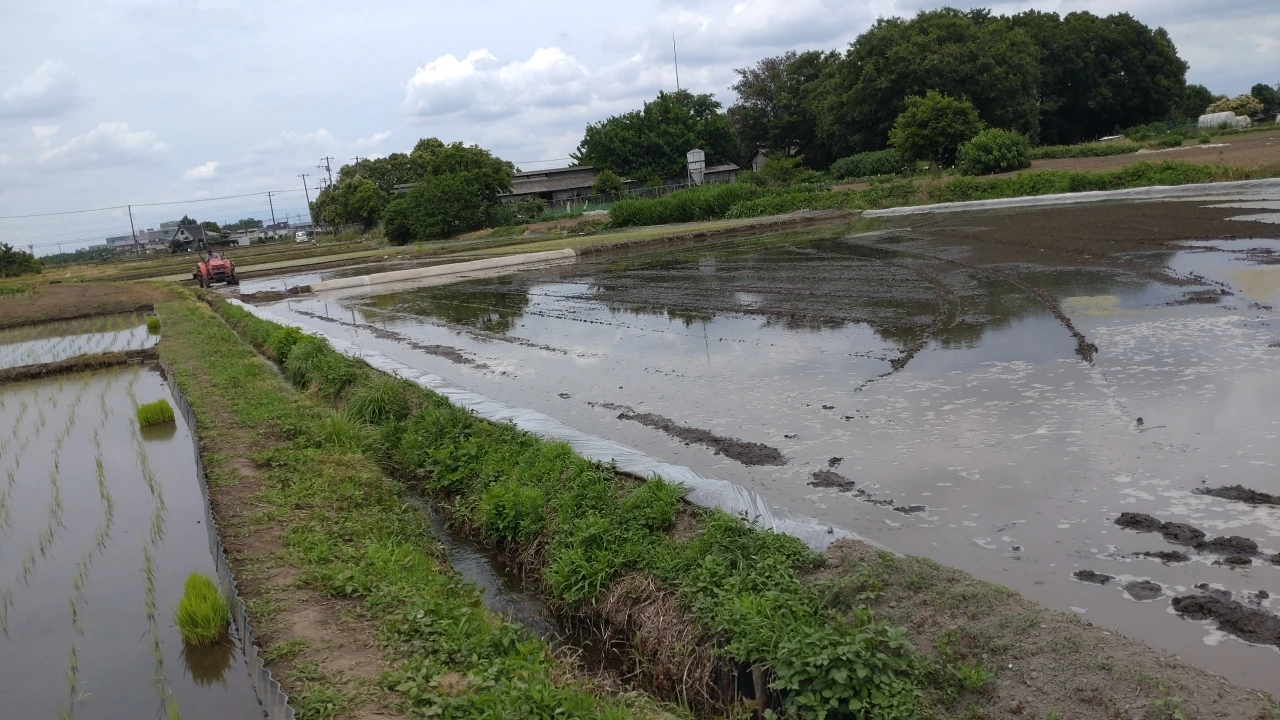
In June, rice planting begins at Grandpa and Grandma’s house.
I had been asking Grandpa about this year’s rice planting schedule for several weeks, but the dates had not been finalized.
Due to the start of corn shipments and Grandma’s health issues, it was somewhat delayed compared to previous years, but it seemed we could finally get started.
Even on a small farm and in a small rice paddy, farming is not easy work that can be done solely by the elderly.
And the day after a company employee who is not used to exercise helps out in the fields, I definitely feel muscle soreness… I thought to myself as I headed to the rice paddy after harvesting the corn.
Corn and Rice Planting Preparations

Due to the small production quantity, the peak of corn shipments was surpassed in about a week, and we had moved on to the bi-colored variety called “Dolce Dream.”
Last week, we were dealing with a variety called “Mirai,” which made the corn feel significantly larger per ear.
On average, it seems to be about 100 grams larger, making packing a challenge.
However, what concerns me the most is the naming sense of the vegetables. While most people probably don’t care, I really can’t get used to it (laughs).
Names like “Ohayo” (Good Morning) and “Konnichiwa” (Hello) for broccoli are totally fine, but I struggle with those in foreign languages.
“Dolce Dream” is one of those.
Combining the Italian word for sweet or soft, “dolce,” with the word for dream, “dream,” to name a Japanese corn variety… I can’t help but think about that.
Well, I understand that there are now an unbelievable number of vegetable varieties, so naming them is not an easy task. But I still find it difficult (laughs).
While I was pondering such thoughts, by around 9 a.m., Grandpa and Grandma had finished their deliveries, and the rice planting preparations began.
This year, the preparations were somewhat ahead of schedule because my older brother, who rarely appears on this blog, had helped out on Saturday. So, I was able to take it easy with the rice planting preparations this year.
Additionally, the soil mixing process called “shirokaki” with the tractor had just started the day before, so we couldn’t plant until the rice paddy settled.
Thus, after collecting last year’s straw and debris that gathered in the paddy after the shirokaki, and transporting seedlings and providing fertilizer to each field, that was all we could accomplish for the day.
Every year, I help with the rice planting and preparations, but the chances for me, who can usually only help on Sundays, to ride the rice planter are very few (laughs).
Weather and balancing work with other produce… farming is not as straightforward as one might think.




